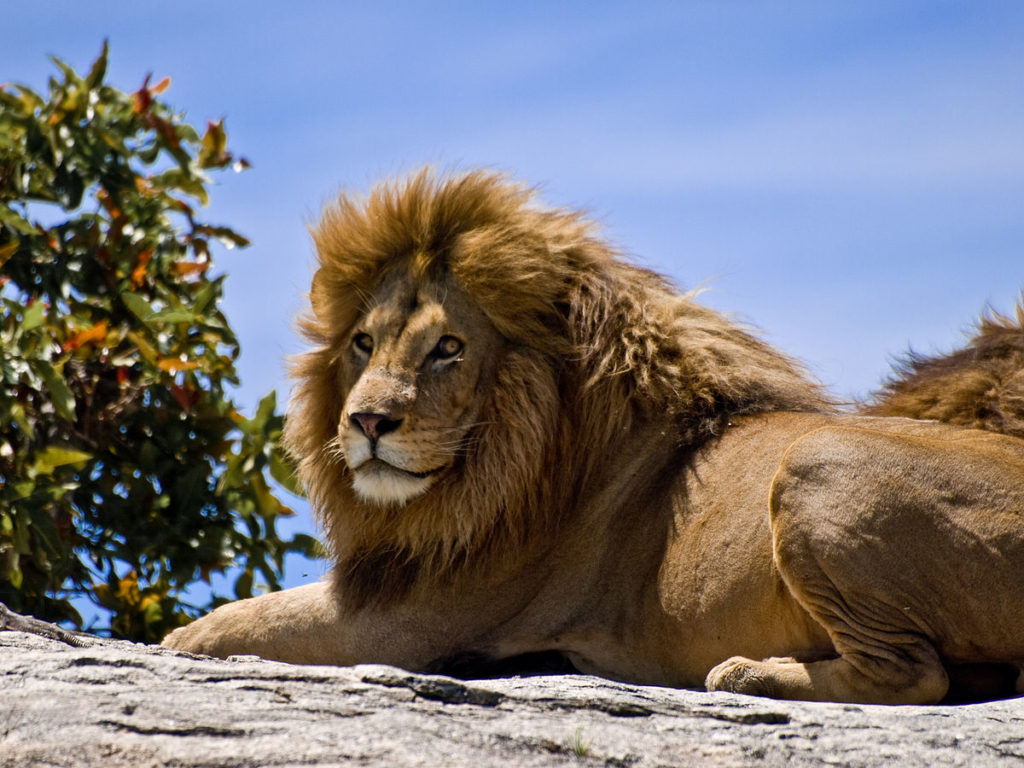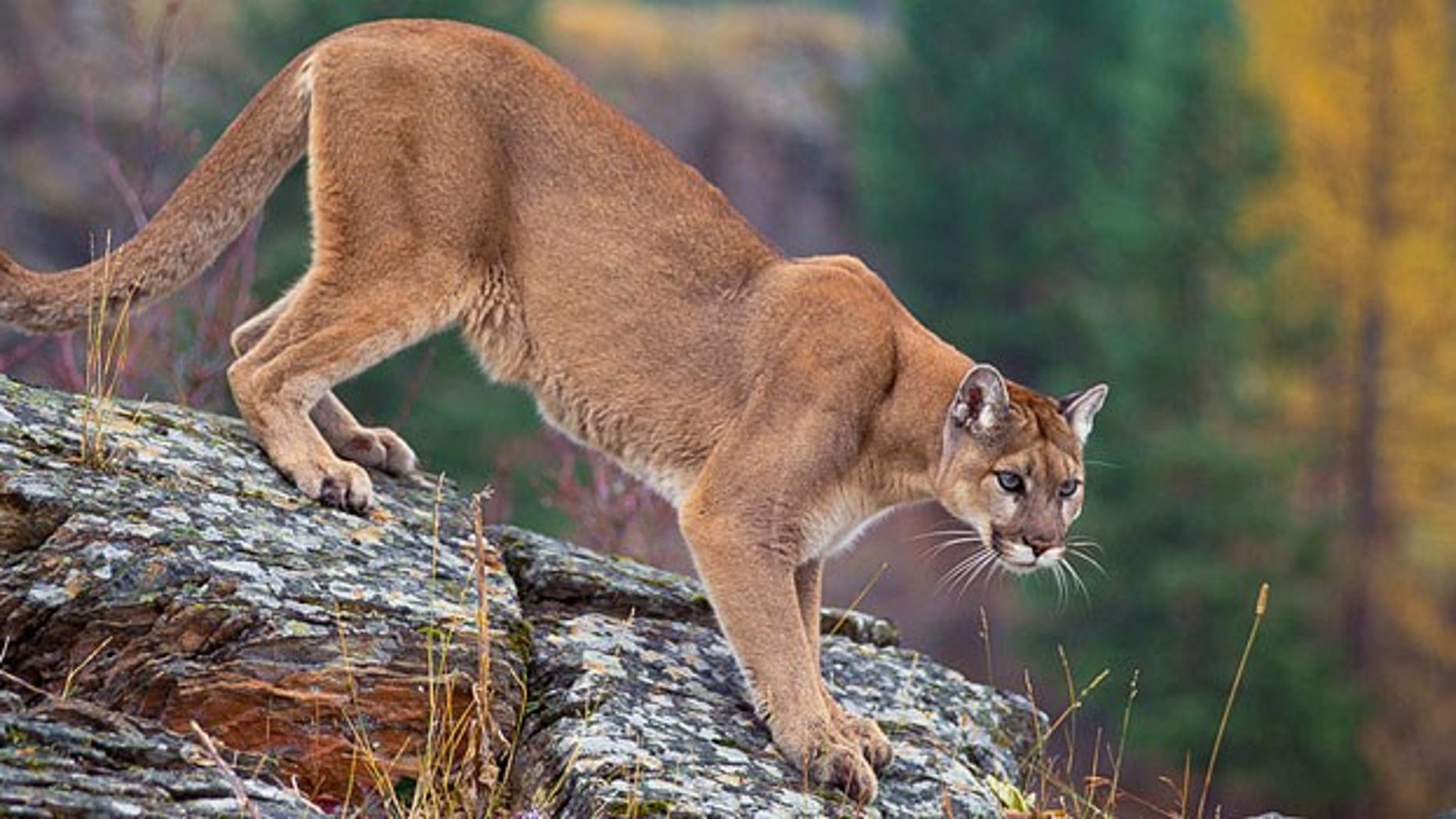


This pursuit was part of a follow-up study near Phillipsburg, Montana, conducted last winter by biologists for Montana Fish, Wildlife and Parks. We scrambled to the base of the tree and found the orange dart settled in the snow, a tiny sample of muscle tissue and hair safely trapped inside. With a loud punch, the dart shot some 30 yards up into the lodgepole pine it found its target in the muscle and quickly fell to the ground. He brought it to his shoulder and aimed steady on her hip. Ryan made quick time loading his gun with a carbon dioxide cartridge and biopsy dart. “She jumped,” he said, and together we skirted down the hill to find her again treed by the dogs. Seconds later, the dogs came bellowing behind with Ryan quick on their heels. I’m sure I could have touched her had I reached out a hand. In the last moment, I remembered to step aside as she barreled past. She was coming so fast, all I could do was watch. I watched her fly, hardly touching the snow-covered ground. My feet froze, my heart pounded, as boundless eyes and tawny fur rushed toward me. The mountain lion dove down the hillside above me and I realized I stood directly in her path. But then I stopped, the barks getting closer all on their own. The cat jumped, I thought, scurrying faster.
How fast can a mountain lion run crack#
I sprinted uphill, cursing the head cold wreaking havoc on my nose and chest, slowing me down.Ī few steps farther and I heard the crack of branches and a cacophony of barks. My husband, Ryan, was already up there and I didn’t want to miss those first moments at the tree. I could hear their distinct voices, Bay’s throaty bellow and Rooster’s sing-song howl. The percussion of barking dogs rang across the landscape, echoing off the rock outcropping ahead.


 0 kommentar(er)
0 kommentar(er)
